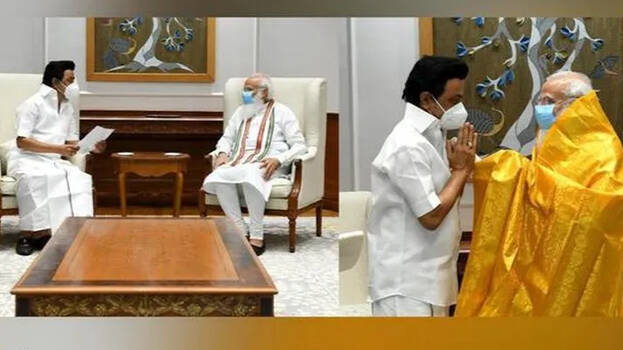

A new policy is likely to be introduced in the country to facilitate medical education taking lesson from the Ukraine experience. Our children are studying MBBS in around a dozen countries. The reason is nothing but the less fees there and the lack of seats here. As per unofficial records, around Rs 45,000 crore is spent as fees for foreign education. There are 18,000 Indian students in Ukraine alone. Among which 5,000 are Malayalees. After completing the six-year MBBS course, students have to pass a foreign medical graduate exam in order to practice in India.
The students go for medical studies in foreign countries ignoring various difficulties such as language, climate etc. The course fee in self-financing medical colleges in Kerala range from Rs 6.55 lakh to Rs 7.65 lakh. Special fees may go up to Rs 86,000. Elsewhere in the country, the fees are around Rs 10 lakh and above. One has to spend around Rs 1 crore, in order to complete medical education. In Ukraine, the fees ranges from Rs 2.5 lakh to Rs 4 lakh. The six-year course can be completed with Rs 15 lakhs. In Mauritius and Netherlands, one has to spend around Rs 50-55 lakhs for medical education. However, factors such as low tuition fees, simple admission process, low cost of living, and high level of education attract children to Ukraine. The most number of people began to go to Ukraine for studies, in the last 10 years.
The lack of study facilities in India is what prompts the students to opt for foreign education. More than 15 lakh students attended the NEET exam, last year. There are 88,120 MBBS seats in the country. Out of which, 50,000 are in 313 government institutions. Those students, who are unable to gain admission in government colleges after clearing NEET, seek admission in foreign universities. In countries like Russia, Uzbekistan, Kazakhstan and Kyrgyzstan, one can finish medical education by spending less than Rs 25 lakh, inclusive of tuition fees, travel and accommodation. Less expense coupled with the European culture is what attracts children to Ukraine. There are 33 medical universities in Ukraine. Kharkiv, Odessa, Kyiv and Vinnytsia are world famous universities. Around 4,000 students, who finished their studies in Ukraine, write the qualifying exam in India. Our children are also going to countries such as China, Philippines, and Bangladesh for medical education.
Let us build more colleges
Prime Minister Narendra Modi has urged states to formulate policies to facilitate medical education. He called for increased participation from the private sector in expanding medical education in the country. The state’s policy is also in line with the above. The government is now willing to allow private universities in the state, overcoming a decade of strong opposition. After the Rajagiri College of Social Science (Autonomous) sought approval to become a deemed university, several institutions such as Amity education group in Delhi, an archdiocese, an educational group from the Gulf, a Karnataka University are all in the fore to be deemed as universities.
However, the high fees in these institutions is what repels the students. The Prime Minister has said that crores of rupees are being lost due to children going abroad for education. Private entrepreneurs can make a big impact in this area. The prime minister pointed out that Indian students were going to small countries despite having a problem with the language. In abroad, we also have the option to choose packages that suit our financial situation. There are universities that offer everything including fees, accommodation, food, insurance, and other facilities under a single package.
Let us learn from Tamil Nadu
Recently, 11 new medical colleges have been started in Tamil Nadu, at a cost of Rs 4,000 crore. The new colleges are set to be inaugurated in Virudhunagar, Namakkal, Tiruppur, Nilgiris, Tiruvallur, Nagapattinam, Dindigul, Ramanathapuram, Kallakurichi, Ariyalur and Krishnagiri. This will create 1450 more MBBS seats in the state. Out of the total construction costs, Rs 2,145 crore was contributed by the Union government and the rest by the Tamil Nadu government. The new colleges are part of plans to promote affordable medical education and improve health infrastructure. These are the benefits of the centralized scheme, which aimed to start new medical colleges alongside district and referral hospitals.